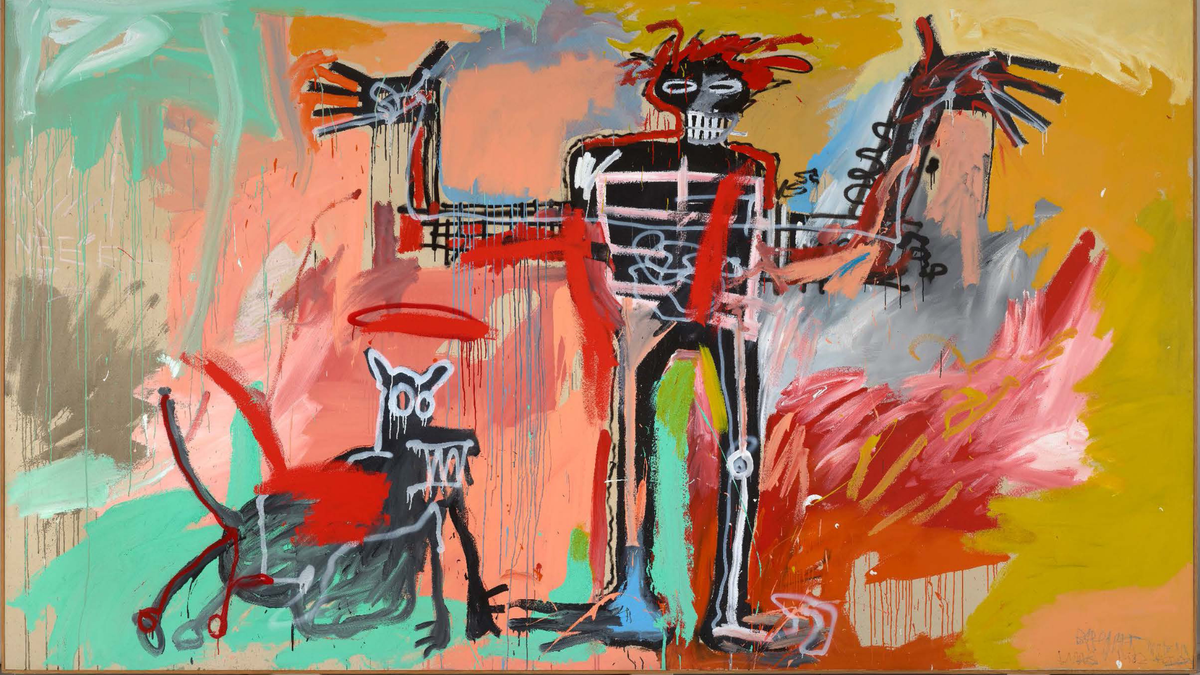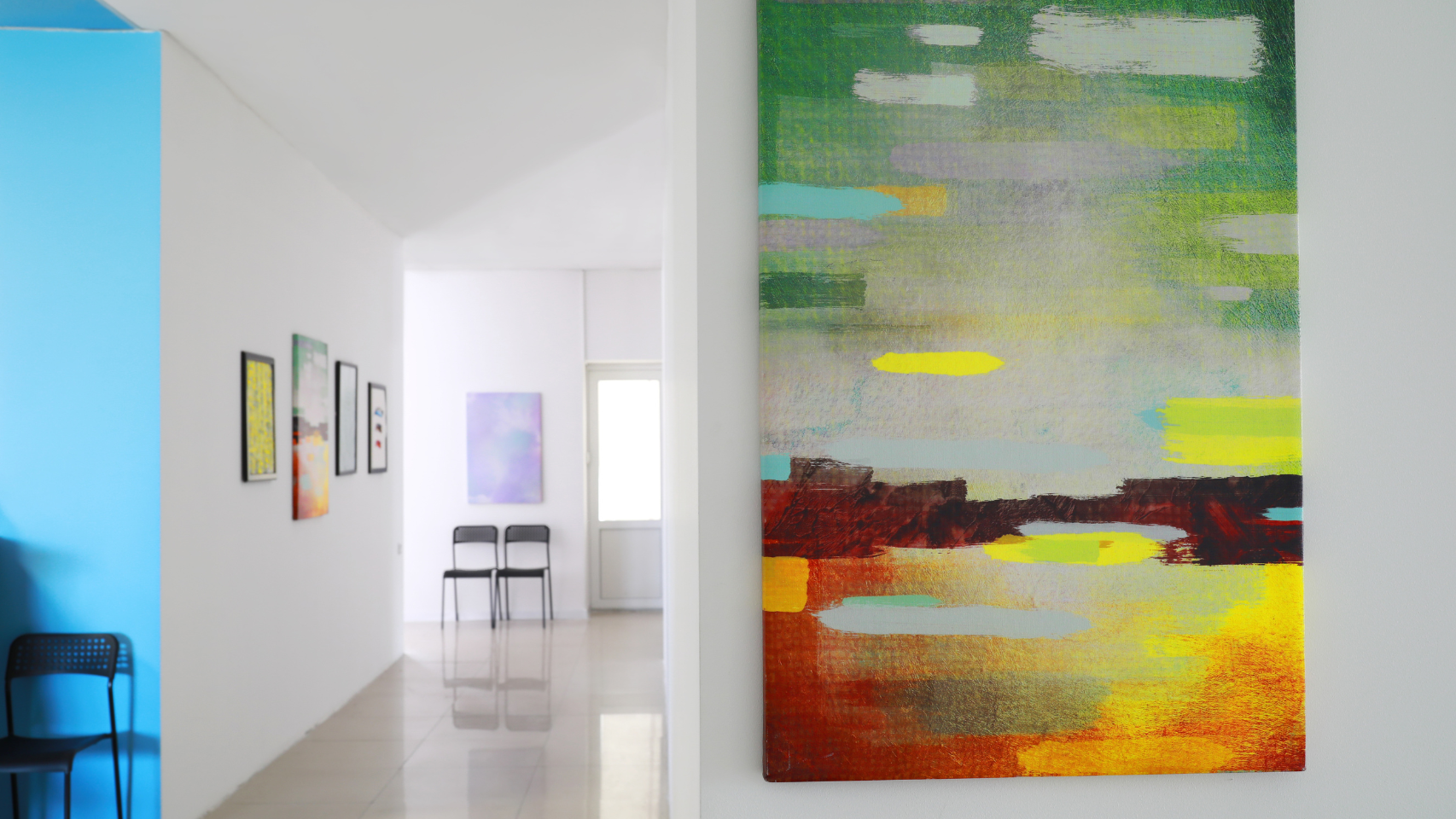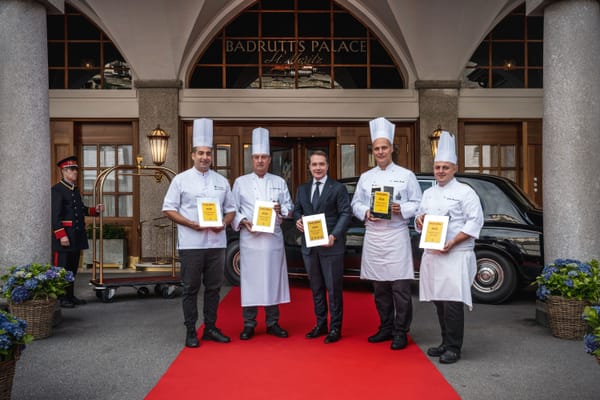When Modern Art Stopped Asking for Approval
Modern art broke free from tradition, trading approval for bold expression. Today, it is less about decor and more about declaration.

Modern art once nodded to the past, drawing on centuries of technique and taste. Then came a rupture.
With the emergence of abstract expressionism in 1940s New York, artists like Jackson Pollock and Mark Rothko no longer sought validation.

Their work became experiential, emotional and defiantly non-representational.

This evolution was not rebellion for its own sake. It was a redefinition of what art could be; less about mastery, more about message.
Jean-Michel Basquiat, once a graffiti artist, brought social critique into galleries once reserved for the genteel.

Louise Bourgeois exposed the psychological landscape. Ai Weiwei continues to fuse political dissent with aesthetic clarity.

Collectors today are not only investing in works of cultural significance but are aligning themselves with narratives that challenge the status quo.
Owning such art is no longer about decoration. It is about declaration.

In a world of algorithms and instant validation, modern art still refuses to conform.
Its power lies in its indifference to approval, and its value endures not only in the market but in the courage it takes to stand apart.





